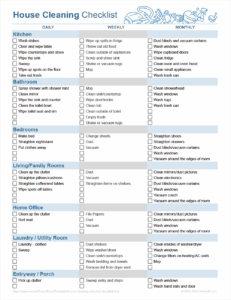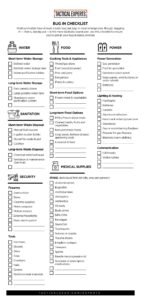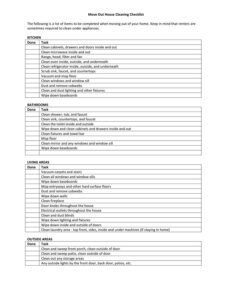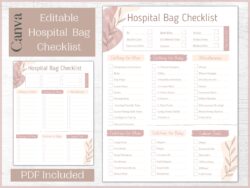Life is full of wonderful surprises, but sometimes, it throws a curveball in the form of an unexpected scrape, a minor burn, or a sudden headache. In those moments, having the right tools at your fingertips can make all the difference, turning a potential panic into a manageable inconvenience. We all hope we never need it, but being prepared for minor emergencies is a fundamental aspect of responsible living, whether you’re at home, on the road, or exploring the great outdoors.
That’s where a well-stocked first aid kit comes into play. It’s not just a collection of random bandages; it’s a carefully assembled assortment of essentials designed to handle common injuries and ailments. But with so many options and things to consider, building the perfect kit can feel a bit overwhelming. That’s why having a clear, comprehensive first aid kit checklist template is invaluable, guiding you through the process step-by-step to ensure nothing crucial is overlooked.
Building Your Essential First Aid Kit: What You Really Need
Creating a robust first aid kit doesn’t have to be complicated, but it does require a thoughtful approach. Think of it as your personal mini-hospital, ready to address immediate needs before professional medical help arrives or for situations that don’t warrant a doctor’s visit. The goal is to cover the most common types of injuries and discomforts you might encounter. This isn’t just about throwing a few items into a box; it’s about strategic planning for peace of mind.
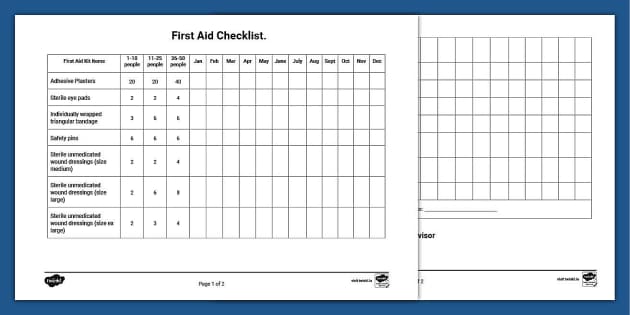
Let’s start with the absolute staples – items that form the backbone of any effective first aid kit. These are the things you’ll reach for most often, dealing with cuts, scrapes, and minor wounds that are an inevitable part of everyday life. Ensuring you have a good variety of sizes and types of wound dressings is crucial for versatility.
Basic Wound Care Supplies
- Assorted adhesive bandages (strip, knuckle, fingertip, large)
- Sterile gauze pads (various sizes, e.g., 2×2, 3×3, 4×4 inches)
- Adhesive medical tape (hypoallergenic)
- Antiseptic wipes or solution (e.g., povidone-iodine or hydrogen peroxide)
- Sterile cotton swabs
- Medical-grade disposable gloves (non-latex if possible)
- Burn gel or non-stick pads
Beyond treating open wounds, your kit should also include items for pain management and other minor ailments. Headaches, muscle aches, or allergic reactions can strike anytime, anywhere, and having remedies readily available can significantly improve comfort and well-being. Always be mindful of expiration dates for any medications.
Pain Relief and Other Comforts
- Over-the-counter pain relievers (e.g., ibuprofen, acetaminophen, aspirin for adults)
- Antihistamines (for allergic reactions)
- Antacids (for indigestion)
- Hydrocortisone cream or calamine lotion (for itching or rashes)
- Instant cold packs (chemical ones that activate when squeezed)
- Petroleum jelly or antibiotic ointment
Finally, no first aid kit is complete without a selection of useful tools and specialized items that aid in applying treatments or monitoring vital signs. These might seem small, but their absence can make effective first aid much more challenging. Consider what might be needed for simple interventions.
Essential Tools and Specific Items
- Scissors (blunt-tipped, for cutting tape or gauze)
- Tweezers (for splinter removal)
- Thermometer (digital, reliable)
- CPR breathing barrier or face shield
- Safety pins
- Hand sanitizer
- Emergency blanket
- Small flashlight and spare batteries
Having a thorough first aid kit checklist template helps you keep track of all these components, ensuring your kit is always prepared for the unexpected. Remember to periodically review and restock any used or expired items.
Tailoring Your Kit: Beyond the Basics for Specific Situations
While a general first aid kit is an excellent foundation, true preparedness often means customizing your supplies to fit your specific lifestyle, environment, and family needs. A kit for a solo hiker will look different from one for a family with young children, or a kit kept in a bustling office. Thinking about the unique scenarios you might encounter allows you to add specialized items that go beyond the universal basics.
Consider where your kit will be primarily used. For instance, if you’re an avid camper or enjoy long road trips, your first aid supplies should account for longer periods away from immediate medical facilities. This might mean adding items for insect bites, water purification tablets, or even a small manual with wilderness first aid tips. Families with infants or toddlers will want to include child-friendly medications, a nasal aspirator, and perhaps even a chewable thermometer.
Individuals with specific health conditions or allergies must also personalize their kits. This could mean including an epinephrine auto-injector for severe allergies, extra supplies for managing diabetes, or any specific prescription medications that might be needed in an emergency. Always ensure these personal items are clearly labeled and that anyone who might need to administer them knows how to do so. This proactive approach ensures your kit is truly an extension of your family’s health plan.
Regular maintenance is just as important as the initial assembly. Over time, items get used, expire, or even degrade in effectiveness. Make it a habit to check your first aid kit every six to twelve months, or after any significant use. Replace expired medications, restock used bandages, and ensure batteries in flashlights or thermometers are still functional. This ongoing vigilance ensures your first aid kit remains a reliable source of support when you need it most.
Being prepared for life’s little mishaps offers immense peace of mind. A well-organized, regularly checked first aid kit is a simple yet incredibly effective tool in safeguarding the health and well-being of yourself and those around you. It’s about taking a proactive step to handle the minor bumps and bruises that inevitably come our way.
Don’t wait for an emergency to realize your kit is missing vital components or is out of date. Take a few moments today to review your current supplies, consult a comprehensive first aid kit checklist template, and ensure you’re ready for whatever comes next. It’s a small investment of time that offers significant returns in safety and confidence.
